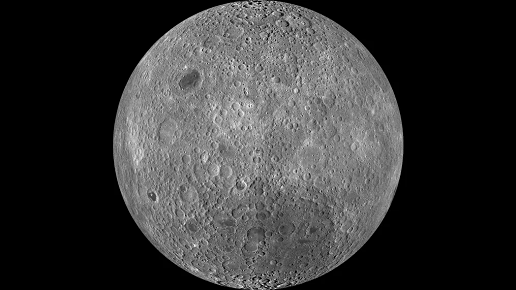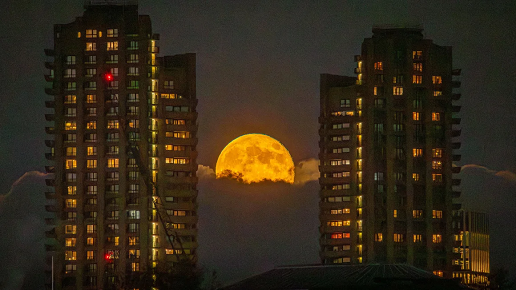The Chang’e-6 mission has provided groundbreaking data with the first-ever lunar samples from the moon’s far side, raising fresh questions about its volcanic and geological history. Conducted by China, the mission collected 1.9 kilograms of lunar soil in June 2024 from the South Pole-Aitken basin, a 4-billion-year-old crater, and returned them to Earth.
Key findings published in *Science* and *Nature* revealed that the volcanic basalt samples are about 2.8 billion years old, significantly younger than those from NASA’s Apollo and Russia’s Luna missions. Unlike Apollo-era samples, the Chang’e-6 materials lack radioactive elements like potassium, rare-earth elements, and phosphorus (KREEP), which traditionally explain prolonged volcanic activity.
This absence leaves scientists questioning how these magmas formed, as the moon’s molten state was thought to have cooled more than 3 billion years ago. “The young age and unique composition of these basalts challenge our understanding of the moon’s evolution,” said Clive Neal, a researcher on the project.  The far side of the moon has a thicker crust than the near side. NASA/GSFC/Arizona State University
The far side of the moon has a thicker crust than the near side. NASA/GSFC/Arizona State University
The mission also reinforced the stark contrasts between the moon’s near and far sides. The far side, with its thicker crust and distinct basalt composition, remains an “unresolved mystery,” said Qiu-li Li of the Chinese Academy of Sciences.
While initial analyses offer tantalizing clues, more research and collaboration, including with international scientists, will be crucial to fully decode the moon’s enigmatic history.






